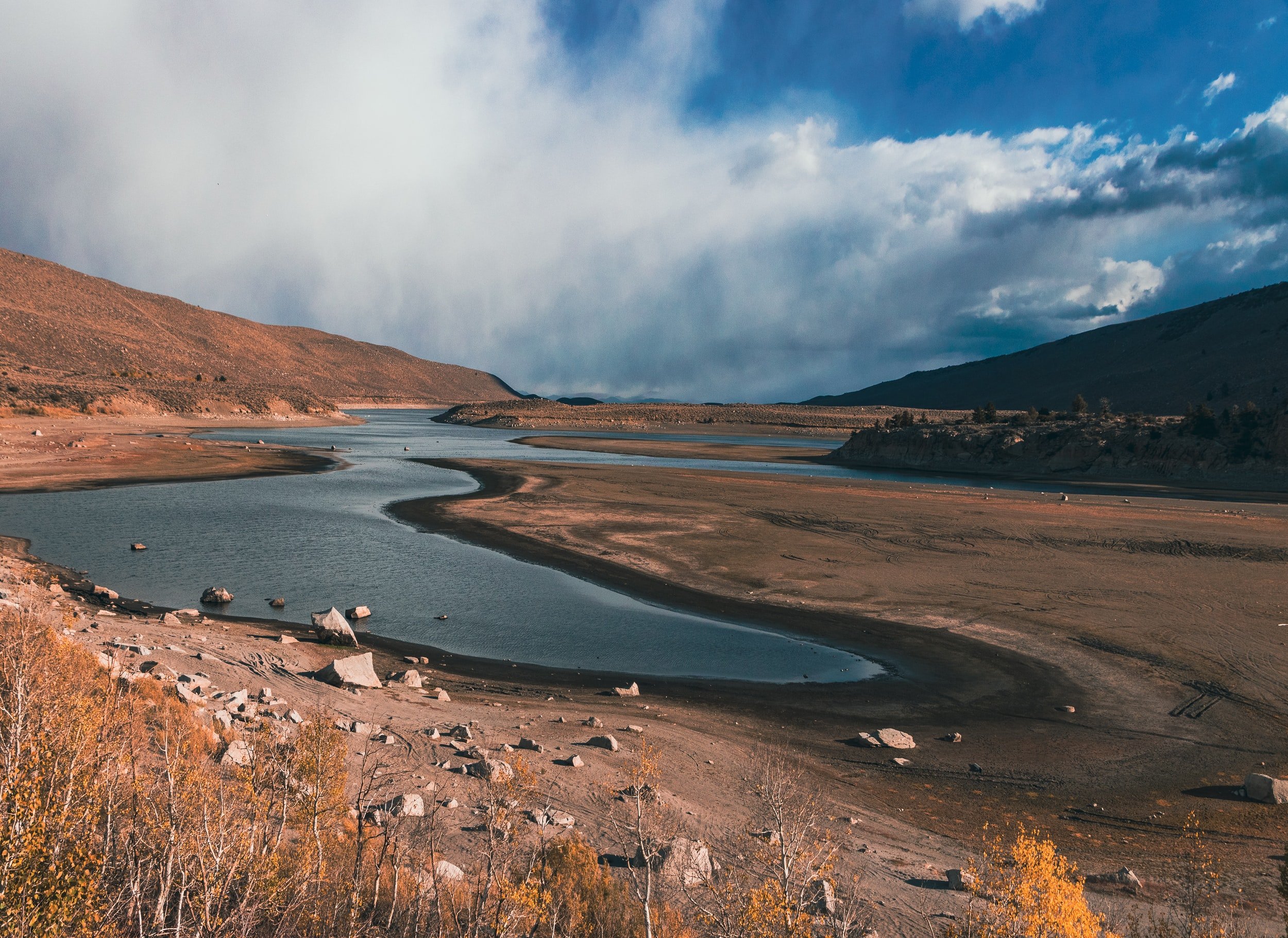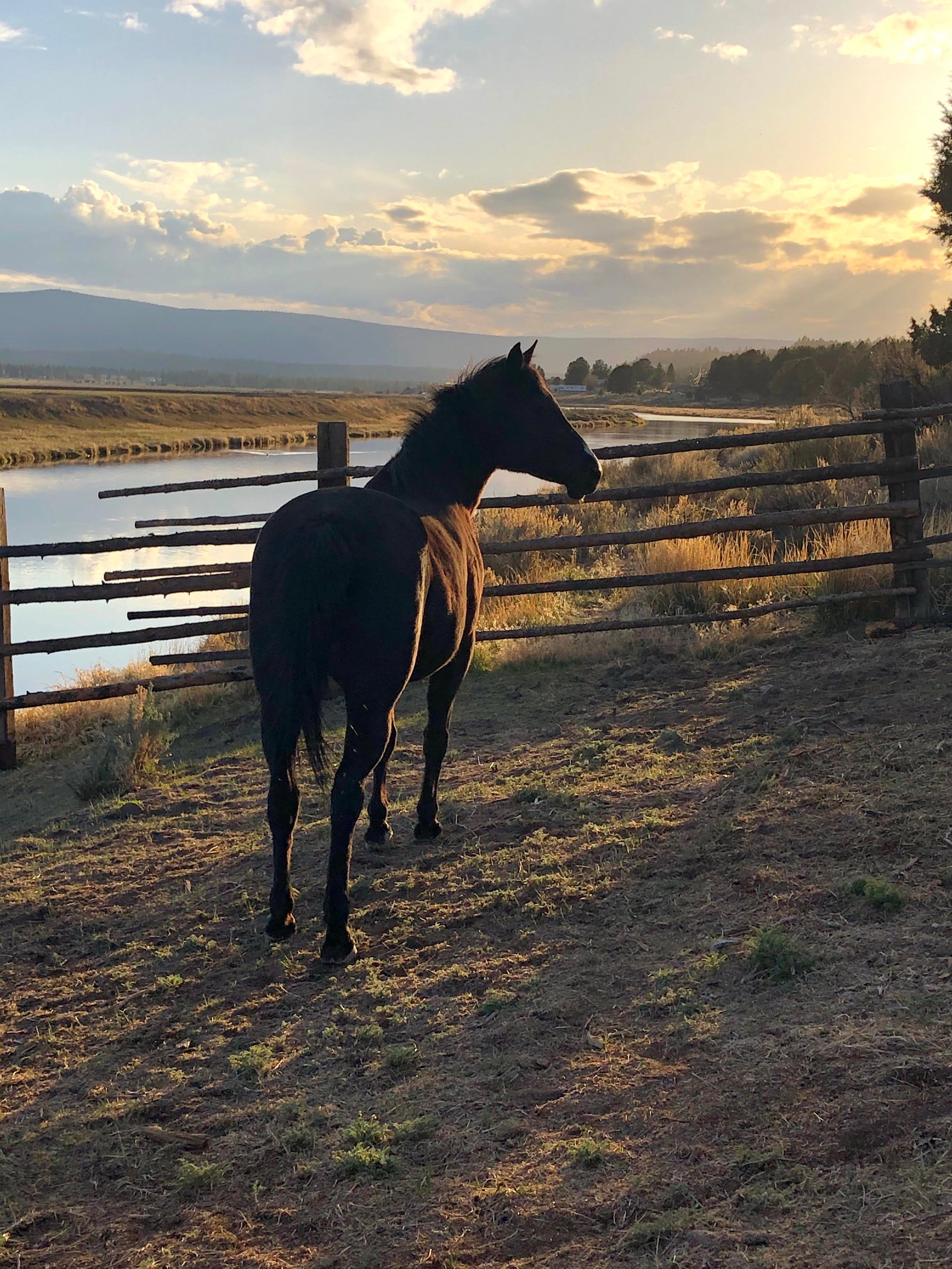
Learning how to live with DROUGHT.
Drought is generally defined as a period of below-average precipitation in a given region, resulting in prolonged shortages in the water supply. Droughts can last for months or years and can have major impacts on the environment such as available groundwater, forestlands, the ecosystem, cattle and grazing herds, and agriculture.
Why Prepare?
Drought conditions can lead to insufficient supplies of water for drinking, household usage, fire suppression, and agriculture. Water sources, including reservoirs, groundwater, lakes, ponds, rivers, and streams, can be greatly impacted and can result in loss of water supply, crop damage, and significant effects on the environment.
Before and during a drought, taking steps to reduce water usage both inside and outside your home can help conserve water and minimize impacts on the availability of water supplies. Efforts for conserving water should be made by both consumers of municipal water supplies, as well as private water well owners.
The State’s Drought Management Task Force evaluates drought conditions and impacts and provides recommendations to the Secretary of Energy and Environmental Affairs on classifying drought levels for the various regions. There are five drought level classifications:
Normal (normal to slightly dry conditions)Advisory (abnormally dry conditions)Watch (excessively dry conditions)Warning (severely dry conditions)Emergency (emergency condition)Protecting Oregonians from Future Heat Waves
Thanks to a broad coalition of energy, health, and environmental justice advocates and bipartisan legislative support, the climate resilience budget includes tens of millions in funding for Emergency Heat Relief for Oregonians (SB 1536), including the purchase and installation of air conditioners, air filters and electric heat pumps to keep Oregonians cool during the summer months, including renters, seniors and people with disabilities. The budget also assists local governments in establishing cooling centers, warming centers, and air shelters, while bolstering the Healthy Homes-Repair Fund with $5 million in additional funding, helping low-income Oregonians repair and rehabilitate their homes to improve health, safety, and energy efficiency. (source)
Drought Relief
The package also includes $25 million in comprehensive investments in drought resilience to ensure that Oregon's waterways and the communities and wildlife that depend on them are prepared to respond to the impacts of climate change. This follows on the heels of $100 million in drought relief passed during the Legislature’s December 2021 special session to aid Oregon’s rural communities severely impacted by drought, heat, or fire.
“These investments in a Climate Resilience Budget are an important step toward turning our state’s climate aspirations into meaningful progress on the ground and supporting frontline communities being affected first and worst by the climate crisis,” said Meredith Connolly, Oregon Director of Climate Solutions. “The funding made possible by this Climate Resilience Budget will bolster Oregon’s other statewide climate action policies—including 100% Clean Energy for All, the Clean Fuels Program, and the Climate Protection Program—so that we take responsibility for addressing climate change and ensure this beautiful state remains livable today and for future generations.” (source)
Due to climate change and excess it drought, I re-homed my Arab-quarter 13 year old mare to a family that has ample grassy pasture and put up enough Alfalfa to feed their herd during the winter. The cost of alfalfa hay is no longer affordable and there is a shortage of water to irrigate, and as a result, there is no end in sight or limit to what hay will cost down the road. I’m saddened to part ways with her, she was a great mount but the folks that have her can provide free feed for her where I cannot.

-
National Integrated Drought Information System
The National Integrated Drought Information System (NIDIS) is a multi-agency partnership that coordinates drought monitoring, forecasting, planning, and information at national, tribal, state, and local levels.
-
USGS Oregon Drought Info
This map shows drought conditions across Oregon using a five-category system, from Abnormally Dry (D0) conditions to Exceptional Drought (D4).
-
USGS California Drought Info
This map shows drought conditions across California using a five-category system, from Abnormally Dry (D0) conditions to Exceptional Drought (D4).
-
USGS Washington Drought Info
This map shows drought conditions across Washington using a five-category system, from Abnormally Dry (D0) conditions to Exceptional Drought (D4).
-
USGS Idaho Drought Info
This map shows drought conditions across Idaho using a five-category system, from Abnormally Dry (D0) conditions to Exceptional Drought (D4).
-
USGS Nevada Drought Info
This map shows drought conditions across Nevada using a five-category system, from Abnormally Dry (D0) conditions to Exceptional Drought (D4).
-
National Interagency Coordination Center (NICC)
Description goes here